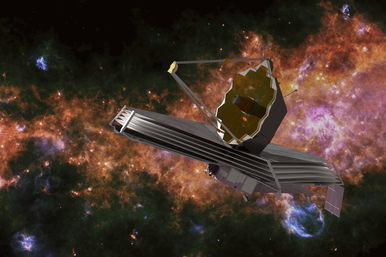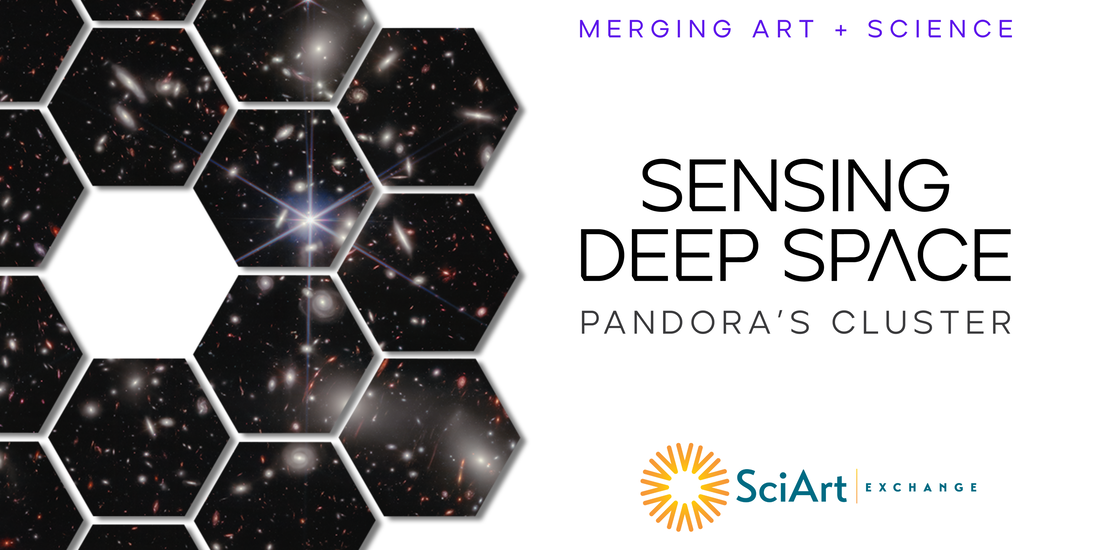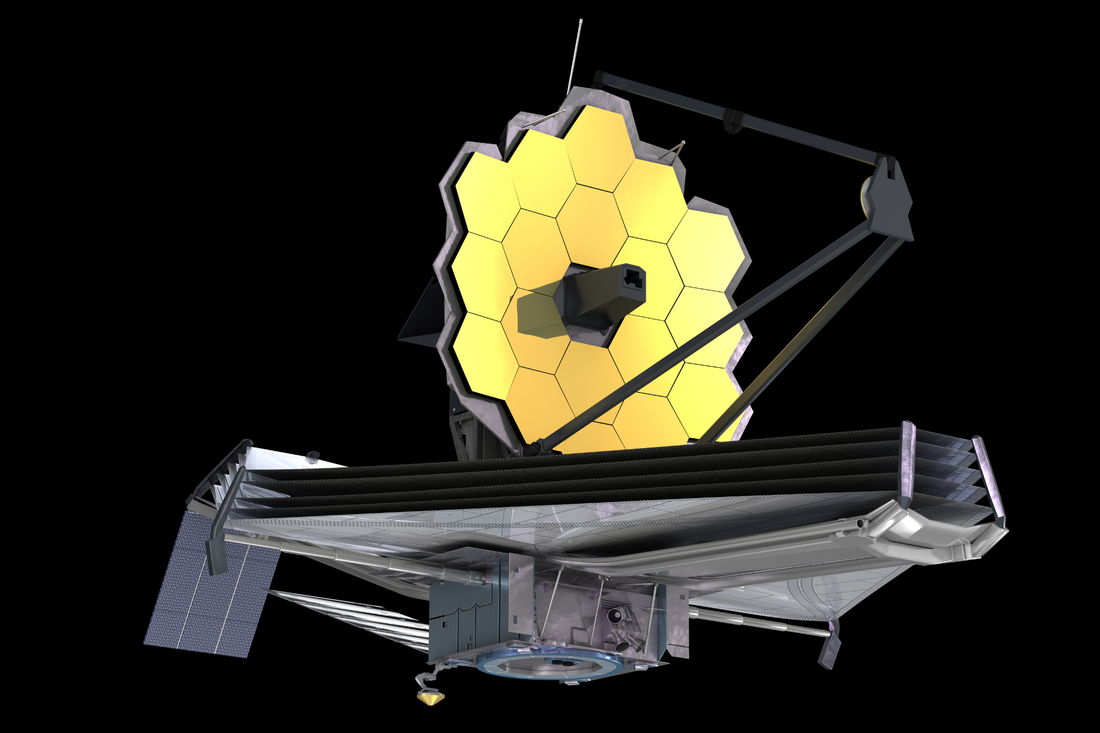"The Journey Begins"
Introducing "Sensing Deep Space: Pandora's Cluster" Vlog Episode 1!
In this exciting debut episode, join us as we delve into the captivating journey of assembling a multi-disciplinary team and the hurdles we've encountered along the way. Led by Dr. Jancy McPhee and Ari Peralta, this episode jumpstarts a behind-the-scenes experience, documenting our relentless pursuit of bringing the wonders of Pandora's Cluster to life. Embark on this extraordinary adventure as we navigate the complexities of merging art, science, and technology to create a truly awe-inspiring installation. Episode 1 sets the stage for an enthralling narrative that will captivate your imagination and spark your curiosity. This vlog series will uncover the challenges, breakthroughs, and triumphs leading up to the grand unveiling on January 6th at the prestigious Eisemann Center in Richardson, TX.
1 Comment
Richardson, TX – In a triumph of visionary collaboration, the nonprofit SciArt Exchange, unveils an installation that transcends the realms of human capability. 'Sensing Deep Space: Pandora's Cluster,' is an installation that was first cast as a dream in the minds of SciArt Exchange's luminary figures: Dr. Jancy McPhee, the Executive Director, and Ari Peralta, Chairman of the Board. United with the nonprofit's associates and partners from the esteemed University of Texas at Dallas, the journey also takes on the creative direction of the audiovisual artist and composer, Ben Heim. Thanks to the generous support from The Eisemann Edge Initiative at Communities Foundation of Texas, the installation will open its doors on January 6th, 2024, at the Eisemann Center for Performing Arts located in Richardson, TX. “I am passionate about supporting innovative ways to promote tech-based arts in the region. SciArt Exchange’s new exhibit will provide an opportunity for North Texans to engage in the arts, science, and technology education while learning about space in a unique and profound way,” says Charles Eisemann. Dr. Jancy McPhee, a visionary in the field of science and art collaboration, has assembled a team of talented artists, scientists, and technicians to bring this installation to life. According to McPhee, through the meticulous curation of the minds at SciArt Exchange and collaborators, 'Sensing Deep Space: Pandora's Cluster' becomes not just an exhibit, but an “embodiment of the celestial symphony.” A symphony orchestrated by none other than Ben Heim. Through his direction the exhibit merges auditory and visual realms seamlessly. Within the installation, you won't just witness Pandora's Cluster; you will become one with its “mesmerizing wonders.” The accolades of Ben Heim paint a portrait of a visionary artist with contributions across multiple artistic landscapes. Drawing inspiration from the extraordinary Pandora's Cluster, a galactic collision of several galaxy clusters located approximately 4 billion light-years away, the installation will incorporate cutting-edge technologies to create a multisensory experience. Astronomers have been studying this region for decades, using Hubble, Spitzer, Chandra telescopes and most recently James Webb Space Telescope. The James Webb Space Telescope and its unprecedented observational capabilities, revolutionizes our deep space exploration. It offers humanity a portal into the inaccessible deep space,, allowing the creation of a spellbinding installation that shatters the boundaries of earthly experience, enabling visitors to traverse the untraversable. Pandora's Cluster, a realm too distant and unfathomable for human feet to tread, is now attainable through the exquisite marriage of artistry and science. "We are incredibly excited to present Sensing Deep Space: Pandora's Cluster' to the public," says Dr. Jancy McPhee.. "This installation aims to merge the realms of science and art, enabling visitors to appreciate the beauty of the universe and the complexity of its underlying physics. It's an opportunity to embody the unknown and ignite a sense of curiosity and understanding within each individual." "Sensing Deep Space: Pandora's Cluster" will be open to the public from January 6th, 2024 through mid-February. It will provide an opportunity for individuals of all ages to be inspired, educated by the vastness and splendor of deep space and the science and technology that enables us to sense it. For more information about the multisensory installation "Sensing Deep Space: Pandora’s Cluster”, please visit https://www.sciartex.net/sensingdeepspace.html. RSVP at the Eisemann Center Online Box Office ***  James Webb Telescope in Space. Elements of this image furnished by NASA (Credit: NASA) James Webb Telescope in Space. Elements of this image furnished by NASA (Credit: NASA) Since the dawn of human civilization, we have gazed at the night sky, seeking answers to the fundamental questions about our universe. The James Webb Space Telescope (JWST), has become one of humanity's most advanced observatories, holding the potential to unravel some of the deepest cosmic mysteries. The JWST, represents a monumental leap forward in our quest to understand the cosmos. This next-generation space telescope, combines cutting-edge technology and scientific ingenuity to push the frontiers of astronomical exploration. Unprecedented Observational Capabilities: Enhanced Sensitivity: The JWST boasts a massive 6.5-meter segmented primary mirror, nearly three times larger than the Hubble Space Telescope's mirror. This larger size, combined with its infrared focus, allows the JWST to collect and analyze faint celestial signals with extraordinary sensitivity. It can peer deeper into space, observing objects that existed shortly after the Big Bang. Infrared Vision: The JWST's primary objective is to study the universe in the infrared portion of the electromagnetic spectrum. Infrared light can penetrate interstellar dust clouds that obscure visible light, enabling the telescope to observe regions of star formation, distant galaxies, and even detect the chemical composition of exoplanet atmospheres. This capability opens new avenues for studying the origins of stars, galaxies, and potentially finding signs of life beyond our solar system. Unveiling the Early Universe: Observing the First Galaxies: The JWST's unprecedented sensitivity and infrared capabilities allow it to peer into the early universe, capturing the light emitted by the first galaxies that formed after the Big Bang. By studying these ancient light sources, astronomers can gain insights into the processes that led to the birth of galaxies, the formation of stars, and the evolution of cosmic structures. Probing Exoplanet Atmospheres: One of the most exciting prospects of the JWST is its ability to analyze exoplanet atmospheres. By observing the starlight that passes through the atmospheres of distant planets, the telescope can detect the presence of key molecules, such as water vapor, carbon dioxide, and methane. Such discoveries provide crucial clues about the habitability and potential for life on exoplanets. Unraveling the Dark Universe: The JWST will play a pivotal role in studying dark matter and dark energy, the two mysterious components that make up a significant portion of our universe. By observing the gravitational lensing effects caused by massive galaxy clusters, such as Pandora's Cluster, the telescope will help unravel the distribution of dark matter and shed light on the cosmic processes driving the accelerated expansion of the universe. The shared data and discoveries made by the JWST will foster global collaboration and advance our collective understanding of the cosmos. The James Webb Space Telescope revolutionizes our understanding of the universe. With its unrivaled sensitivity, infrared vision, and advanced technology, it is unveiling the universe's secrets, from the earliest moments after the Big Bang to the search for life beyond our own planet. |
authorBryant Maxwell - Project Communications Officer Archives
November 2023
Categories |
- Home
- Design Your Habitat
-
Contests
- NASA Children's Art Contest
- Science in Action NASA Earth Comic Strip Contest >
- Moon Youth Art Competition Gallery
- Project Mars
- New Horizons Ultima Art
- STEAM Your Science >
- 2017 Eclipse Over Houston >
- Humans In Space Art- Video Challenge >
- Humans In Space Art - Youth Competition >
- Humans In Space Art- CAFE >
- Events
- Services
- Community
- Donate
- Subscribe
- Contact
- Home
- Design Your Habitat
-
Contests
- NASA Children's Art Contest
- Science in Action NASA Earth Comic Strip Contest >
- Moon Youth Art Competition Gallery
- Project Mars
- New Horizons Ultima Art
- STEAM Your Science >
- 2017 Eclipse Over Houston >
- Humans In Space Art- Video Challenge >
- Humans In Space Art - Youth Competition >
- Humans In Space Art- CAFE >
- Events
- Services
- Community
- Donate
- Subscribe
- Contact



 RSS Feed
RSS Feed